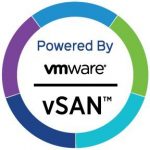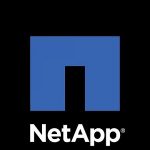
File & Block Storage from Vmware vSAN
VMware vSAN is the #1 Leading HCI vendor in the market. Flash-optimized, vSphere-native storage for private and public cloud.

Object Storage from NetApp StorageGRID
Object storage that enables management of your unstructured data across hybrid and multicloud environments
-
VMware vSAN
vSAN is enterprise-class, storage virtualization software that, when combined with vSphere, allows you to manage compute and storage with a single platform. With vSAN, you can reduce the cost and complexity of traditional storage and take the easiest path to hyperconverged infrastructure and hybrid cloud. Evolve to an integrated hyperconverged infrastructure (HCI) solution with vSAN to improve business agility, all while speeding operations and lowering costs.
Features of vSAN
Benefits of vSAN
Integrated with Your Hypervisor
Enjoy scalable, high-performance, and secure infrastructure with the only vSphere-integrated storage virtualization software.Lower Costs
Achieve better price per performance by supporting the latest storage technology on industry-standard servers.Power Traditional and Cloud-Native Applications
Manage both virtual machine (VM) and container applications seamlessly, and benefit from integration with leading container orchestrators such as Kubernetes.Private Cloud and Hybrid Cloud Ready
Use HCI anywhere with the industry’s broadest ecosystem: 18 OEM server vendors and native services with leading public clouds including AWS, Azure, Google Cloud, Oracle Cloud, IBM Cloud and Alibaba Cloud.Simplified Operations
Easily roll out new infrastructure and applications with minimal training.-
NetApp StorageGRID
StorageGRID provides greater data management intelligence on a simplified platform for your object data. Because StorageGRID leverages S3, it painlessly bridges hybrid cloud workflows and enables your data to be fluid to meet your business demands. Gain the flexibility to deploy on purpose-built appliances, in containers, or where you see fit
Features of NetApp StorageGRID
